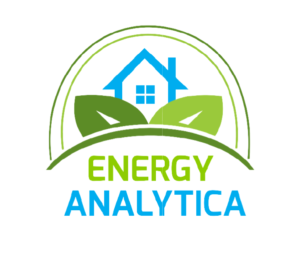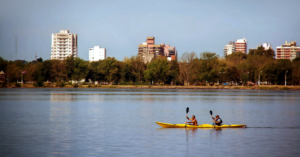The hazardous waste needs to be disposed off sensibly. A universal waste items are prohibited to be disposed in the landfills. These item lists are to be mentioned in the construction documents.
CALGreen Code Section 5.408.2: Universal Waste. [A]
Additions and alterations to a building or tenant space that meet the scoping provisions in Section 301.3 for nonresidential additions and alterations, shall require verification that Universal Waste items such as fluorescent lamps and ballast and mercury containing thermostats as well as other California prohibited Universal Waste materials are disposed of properly and are diverted from landfills. A list of prohibited Universal Waste materials shall be included in the construction documents.
Note: Refer to the Universal Waste Rule link at: www.dtsc.ca.gov/lawsRegsPolicies/Regs/upload/OEARA_REGS_UWR_FinalText. pdf
Intent:
This code provision is intended to ensure that universal waste materials are being disposed properly. The hazardous waste regulations (California Code Regulations, Title 22, Division 4.5, Chapter. 11, Section 66261.9) identify seven categories of hazardous waste that can be managed as universal waste. Any unwanted item that falls within one of these waste streams can be handled, transported and recycled following the requirements set forth in the Universal Waste Regulations (UWR) (California Code Regulations, Title 22, Division 4.5, Chapter 23).
On February 9, 2004, regulations took effect in California that classified all discarded fluorescent lamps as hazardous waste. This includes even low mercury lamps marketed as “TCLP passing” or “TTLC passing.” No one in California is allowed to discard their fluorescent lamps and batteries as nonhazardous solid waste (as ordinary trash).
Under California’s Universal Waste Rule, households and “conditionally exempt small quantity generators” were allowed to dispose fluorescent lamps, batteries (not lead/acid batteries of the type used in autos), mercury thermostats and electronic devices to the trash through February 8, 2006, unless the local trash companies or other agencies prohibited it. Large and small quantity handlers are required to ship their waste to another handler, a universal waste transfer station, a recycling facility or a disposal facility.
Compliance Method:
1. For additions and alterations, determine if this code section applies by reviewing the scoping provisions in Section 301.3 for nonresidential additions and alterations.
2. If applicable, add a list of prohibited universal waste materials to the construction documents.
3. Provide proof of compliance (reciept from a waste facility) that universal waste items are disposed of properly and are diverted from landfills.
4. Show on the construction documents the list of universal waste materials that need to be diverted from landfill and the type of disposal facility that will accept universal waste.
Enforcement:
Plan intake: The plan reviewer should confirm that the construction documents include a list of prohibited universal waste materials.
On-site enforcement: The inspector should verify that the list of universal waste materials shown on the construction documents is being disposed of properly. The inspector may ask for haul tags and/or reports from the contractor to verify compliance with the code. Verification by documentation from a waste management company or recycling facility is acceptable.
(Excerpted from ‘Guide to the 2019 California Green Building Standards Code Nonresidential’ – Chapter 5)




